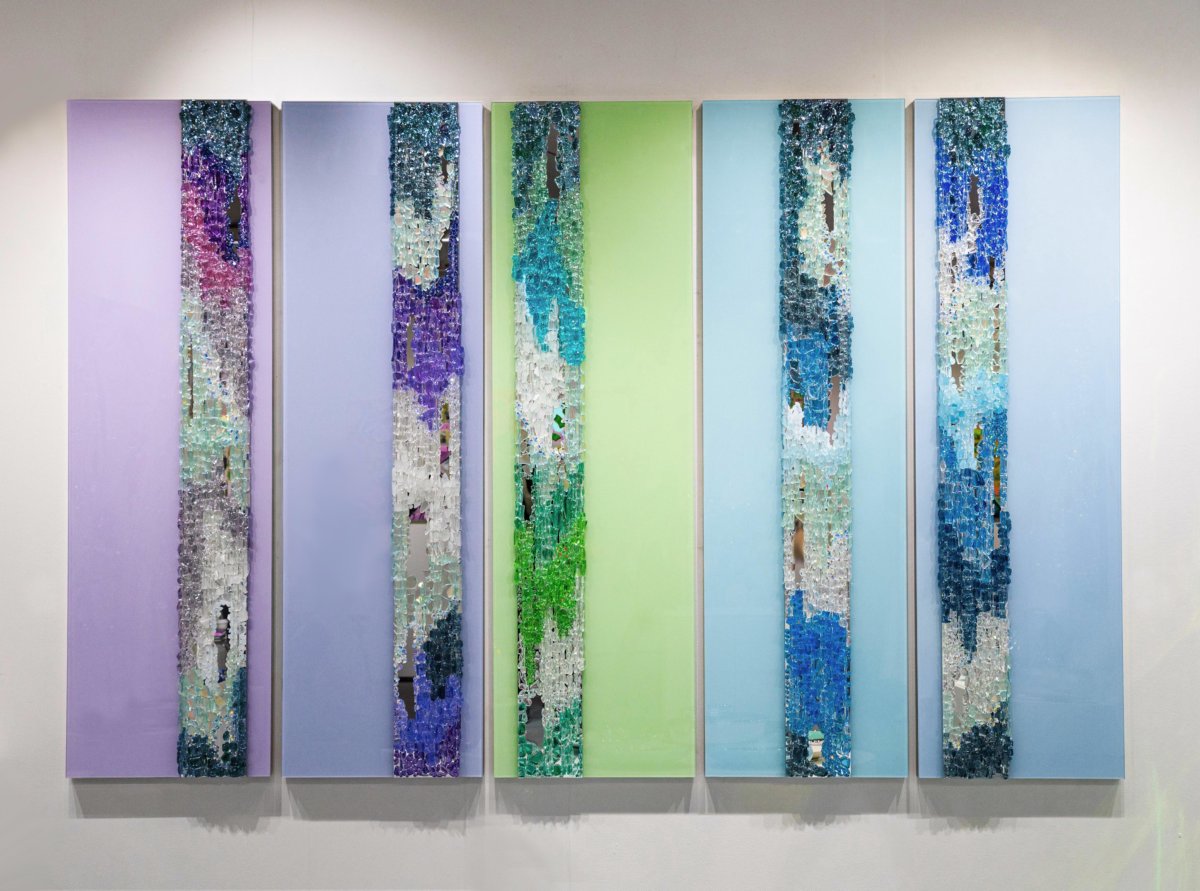As the art market heats up ahead of the May auction, two major consultancies today announced a new global alliance.
The Fine Art Group, the 20-year-old London-based investment and advisory firm, and Schwartzman&, a multi-faceted advisory business launched two years ago by veteran art advisor Allan Schwartzman, will work together on several aspects of their relationships.
Fine Art Group founder Philip Hoffman, a former Christie’s executive, believes the relationship will enable both companies to offer added value to the world’s best collectors.
“We will work together on big agency sales,” Hoffman said. “We will work on financing and I will form and work on investment partnerships for our clients. We will make referrals. We will integrate into every major transaction where we believe it adds value to our clients. »
He characterized the approach as having “the old-fashioned ethos of the art industry, but with contemporary vision, knowledge, and access.”
When Hoffman started the Fine Art Group, it was one of the first art investment firms of its kind. He expanded it into a consulting firm and, more recently, into art financing. It has recently grown through acquisitions and has worked with Schwartzman as part of its US strategy, which began a year ago when Fine Art Group completed its acquisition of Pall Mall, one of the largest American art centers. opinion.
Shortly after that, Hoffman said, he contacted Schwartzman, who had just started his new business, after leaving Sotheby’s. Unlike Pall Mall, this is not an acquisition. Both entities will retain their own names and identities. Hoffman says the next step in his expansion program is “a big operation in Asia.”
“He focuses on a core aspect of our business,” Hoffman said of Schwartzman, “which is consulting.”
Hoffman’s business is much larger than Schwartzman’s, and it is more diverse in the material it deals with. Hoffman has 60 employees, Schartzman 18. While Schwartzman focuses on fine art, Hoffman works in areas such as jewelry and other luxury goods (and, more recently, NFTs). The Fine Art Group represents 300 family offices in nearly 30 countries, and some of those clients wanted “this really top-notch art consultancy from New York to help them buy masterpieces and build a museum-like collection.” , Hoffman said. Schwartzman& specializes in “museum type” collections, serving Howard Rachofsky in Dallas and Bernardo Paz in Brazil.
Schwartzman, whose three-decade career as an adviser followed stints in conservation and journalism, set up his new business in 2020, after parting ways with Sotheby’s, which had acquired his former company AAP (a partnership with former auction house manager Amy Cappellazzo and investment banker Adam Chinn) for $85 million.
To date, he has offered few details about the direction of his business. With Schwartzman&, he told ART news, it aims to offer services beyond the high-end collector’s handshake typically offered by an art consultant. Most notably, he now advises artists as well as collectors, with the aim of remedying some of the less salubrious effects of a booming art market. He sees his services less as competition with art galleries than as something potentially synergistic.
“Many very successful galleries and a number of consultancies have perfected their businesses, focusing much more on transactions and reducing some of the other ancillary services – or in the case of galleries, exhibition opportunities – that they had offered in the past,” says Schwartman.
The focus is on artist foundations, artists between the ages of 40 and 70 who are beginning to plan their legacy and succession, and younger people looking to navigate an increasingly complex and evolving arts ecosystem. quick.
“I think this is a market that, in its voracious and dramatically growing appetite for very new art, also has the potential to kill art,” Schwartzman said. “There is a certain kind of attachment to very fast, high-rise trades that could also easily suggest that much of the market is looking for the quick money and not the long term. And while always advising or representing our clients in the best way for them, I personally have great faith in art and its importance within society. And so we feed a lot of those other parts through other means of advice.
The artist consulting part of his business has, he said, grown faster than he imagined, and now makes up half of what he and his team work on.
Half of the projects come from the artists’ galleries themselves, which look outwards for strategic planning. Clients of the estate and foundation include the Rauschenberg Foundation and the Estate of Jimmie Durham (in conjunction with Kurimanzutto Gallery). Living artists include Doris Salcedo (on legacy planning and major commissions) and Claude Lawrence, a self-taught Chicago-born painter and late-’70s jazz saxophonist whose work has rarely been shown.
“The number of people looking for art, whether they collect top-notch exceptional works or emerging artists, is unprecedented,” says Schwartzman of today’s art market. “Appetite so much outweighs supply, at least for the things he has an appetite for.”
This, he says, poses a risk to artists. “What it takes to build a stable and potentially lasting career legacy is much more complicated.”




